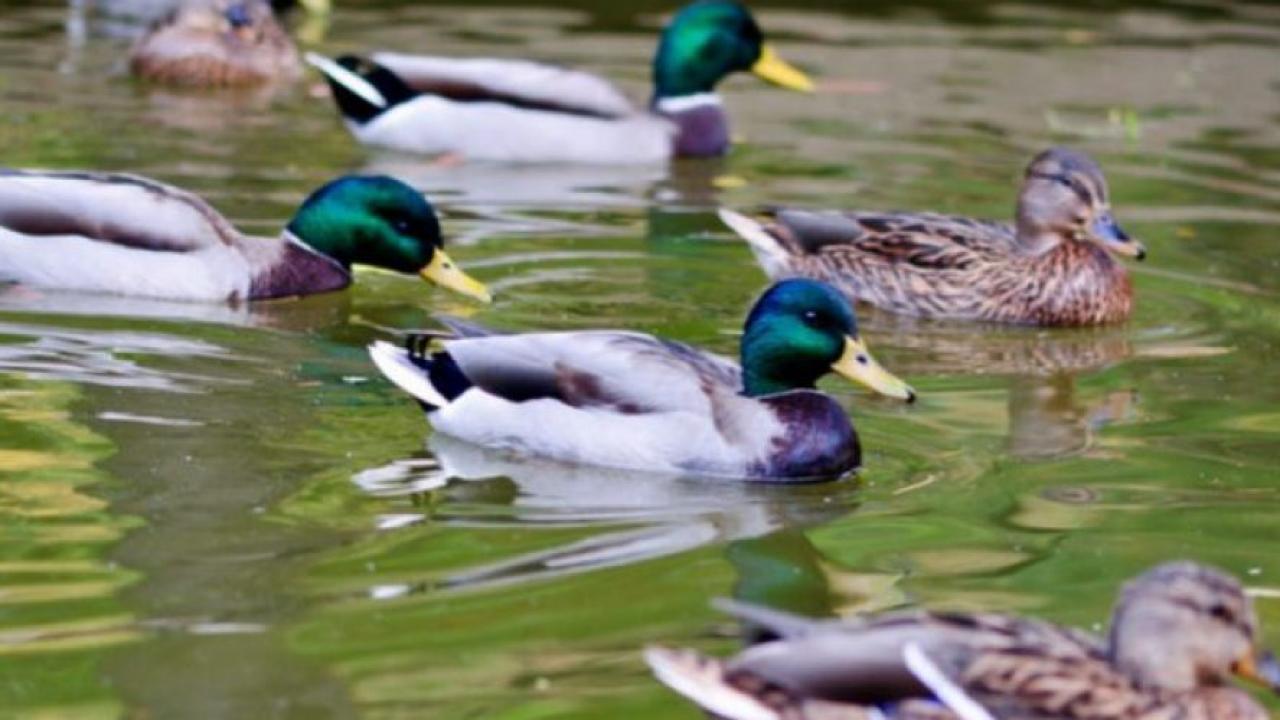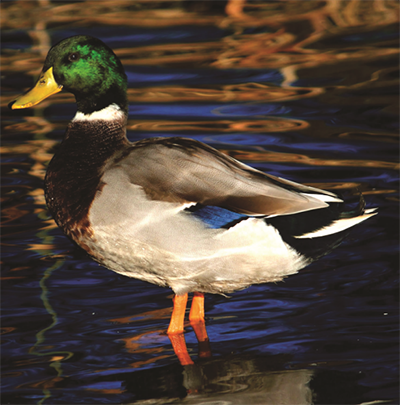
What’s Up, Duck?
This content was developed with help from students on our Learning by Leading Museum Education team.
 Waddle we do about all the ducks? We love the ducks in the Arboretum, but too many ducks in the Arboretum Waterway can have negative impacts on the Waterway ecosystem and the ducks.
Waddle we do about all the ducks? We love the ducks in the Arboretum, but too many ducks in the Arboretum Waterway can have negative impacts on the Waterway ecosystem and the ducks.
A mallard duck’s natural diet is a mix of plants, seeds, insects, worms, snails, and freshwater shrimp. When ducks are fed additional food by friendly Arboretum visitors, the duck population inflates beyond what the Waterway is capable of supporting. Extra food and increased duck excrement in the water add excess nutrients that can trigger algae blooms and reduce water quality. Leftover food will also attract unwelcome critters, namely rodents!
In addition, feeding the ducks can be harmful to their health. Overpopulation creates ideal conditions for diseases to spread. Most human food, like bread, has little to no nutritional value for ducks. Furthermore, an improper diet for duck can even cause serious deformities, such as improper bone development in their wings. It can be tempting to feed those adorable ducklings, but feeding ducklings prevents them from learning how to forage for food independently. Feeding the ducks is not all its quacked up to be!
